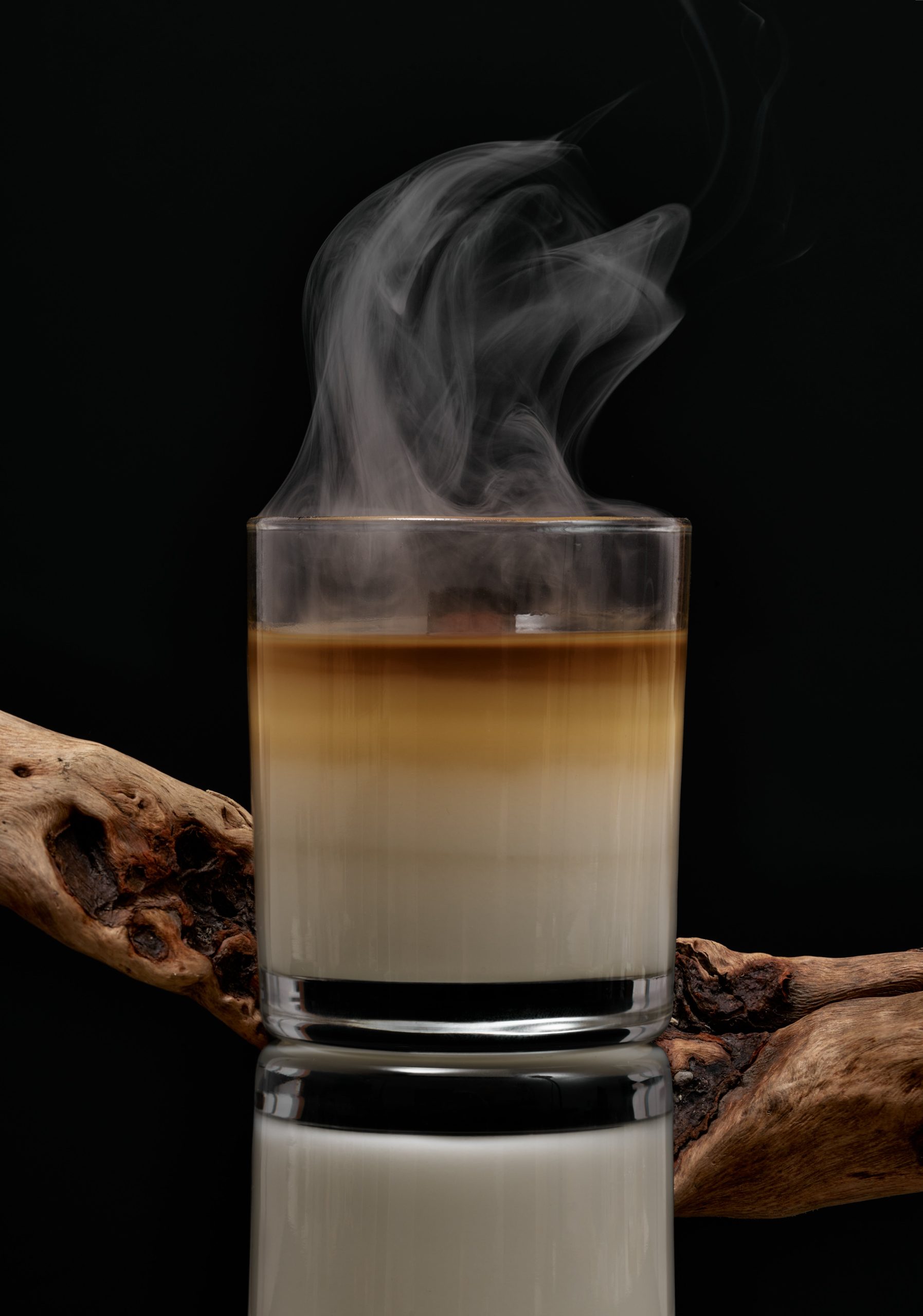
9 reasons your candles keep going out
Table of Contents
Introduction:
Candles, with their mesmerizing glow, have the power to transform any space into a sanctuary of warmth and tranquility. Yet, the frustration of a candle extinguishing itself prematurely can disrupt the serene ambiance you hoped to create. In this blog post, we embark on a journey to unravel the mystery behind why candles may go out unexpectedly. Understanding these factors will not only enhance your candle-burning experience but also ensure that the flickering flame dances steadily throughout your moments of relaxation and ambiance.
1. Drafts or Airflow:
One of the most common culprits behind a candle extinguishing itself is drafts or airflow. Even a gentle breeze can disrupt the delicate dance of the flame. Take a moment to assess the environment where your candle resides, ensuring it’s sheltered from open windows, doors, or air vents that might create disruptive drafts.
2. Uneven Wick Trimming:
The humble wick plays a crucial role in the candle’s performance. If it’s unevenly trimmed, it can lead to an uneven burn. Before each use, ensure the wick is trimmed to the recommended length (usually around 1/4 inch or 0.6 cm). An excessively long wick can create a large flame, causing the candle to go out unexpectedly.
3. Wax Pool Issues:
For container candles, achieving an even wax pool is essential. Allow the wax pool to reach the edges of the container during each burn. If a tunnel forms, the flame may struggle to draw in enough oxygen, resulting in an extinguished candle.
4. Candle Size vs. Container Size:
Consider the size of the candle in relation to the container. If the candle is too wide for the container, it may not receive enough oxygen to sustain a steady flame, leading to premature extinguishing.
5. Quality of the Wick
Not all wicks are crafted alike. A subpar or inadequately constructed wick can result in an inconsistent burn, even causing the flame to extinguish. Opt for candles equipped with high-quality wooden wicks for a more reliable and steadfast burning experience.
6. Soot Buildup:
Soot buildup on the wick can hinder the flame’s performance. Regularly trim the wick to remove excess soot and maintain a cleaner burn. A cleaner wick promotes a more stable and enduring flame.
7. Moisture Content in Wax:
The moisture content in candle wax matters. Excess moisture can affect the burn. Store candles in a cool, dry place to prevent moisture absorption and ensure optimal burn quality.
8. Extinguishing Method:
How you extinguish a candle matters. Blowing on the flame can create drafts, leading to an abrupt extinguishing. Use a snuffer or gently dip the wick into the wax to extinguish the flame without introducing air currents.
9. Quality of the Candle:
The overall quality of the candle, including the wax and fragrance components, influences its burn. Choose candles from reputable brands known for using high-quality materials to enhance the longevity of your candle’s flame.
External Factors:
External factors such as vibrations or disturbances in the environment can also impact the candle flame. Keep candles away from areas with frequent vibrations or movement to maintain a more consistent burn.
Conclusion:
As you embark on your candle-lit journey, armed with insights into the factors that can lead to premature extinguishing, you’re better equipped to create an atmosphere of uninterrupted serenity and ambiance. Embrace the dance of the flame, and let the glow of your candles illuminate moments of relaxation and reflection. By understanding and addressing these nuances, you’ll transform your candle-lit spaces into havens of tranquility and enduring w